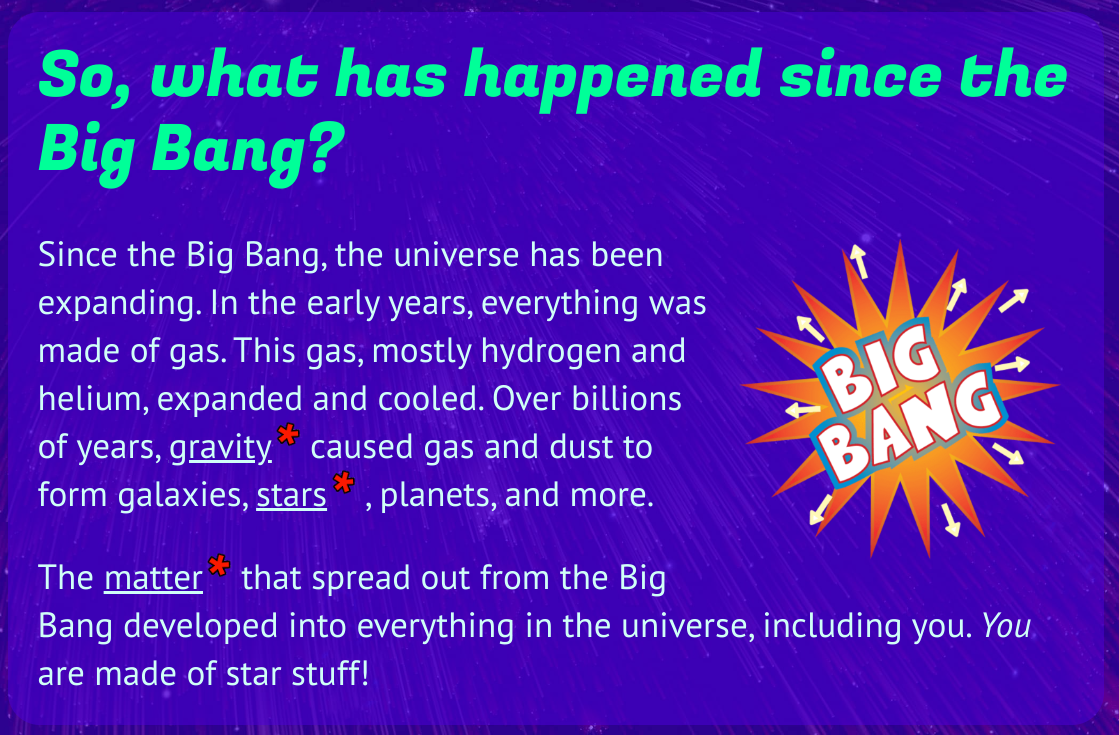SURAH FUSSILAT (EXPLAINED IN DETAIL): AYAT 11 (QURAN 41:11)

In the grand tapestry of cosmic existence, the universe embarked on its journey with a poetic overture, unfolding from a primordial sea of gaseous elegance. In the vast expanse of space and time, where the symphony of creation played out, gaseous nebulae danced in the cosmic ballet, giving birth to celestial wonders that would shape the very fabric of the cosmos. Let us delve into the eloquent narrative of a universe born from the sublime beauty of gaseous realms, where the essence of stars and galaxies emerged in a cosmic revolution.
The inception of our universe is a tale of cosmic marvel, a narrative that begins in the ethereal embrace of a gaseous state. Where the cosmos unraveled its mysteries – recent science has strong evidence that gaseous clouds set the stage for the grand spectacle of planetary creation.
The Nebular Hypothesis is the most widely accepted model in the field of cosmogony to explain the formation and evolution of the Solar System (as well as other planetary systems). It suggests the Solar System is formed from gas and dust orbiting the Sun which clumped up together to form the planets. The theory was developed by Immanuel Kant and published in his Universal Natural History and Theory of the Heavens (1755) and then modified in 1796 by Pierre Laplace. Originally applied to the Solar System, the process of planetary system formation is now thought to be at work throughout the universe. The widely accepted modern variant of the nebular theory is the solar nebular disk model (SNDM) or solar nebular model.[1] It offered explanations for a variety of properties of the Solar System, including the nearly circular and coplanar orbits of the planets, and their motion in the same direction as the Sun’s rotation. Some elements of the original nebular theory are echoed in modern theories of planetary formation, but most elements have been superseded.
According to the nebular theory, stars form in massive and dense clouds of molecular hydrogen—giant molecular clouds (GMC). These clouds are gravitationally unstable, and matter coalesces within them to smaller denser clumps, which then rotate, collapse, and form stars. Star formation is a complex process, which always produces a gaseous protoplanetary disk (proplyd) around the young star. This may give birth to planets in certain circumstances, which are not well known. Thus the formation of planetary systems is thought to be a natural result of star formation. A Sun-like star usually takes approximately 1 million years to form, with the protoplanetary disk evolving into a planetary system over the next 10–100 million years.[2]
The American Museum of Natural History also states that in its the early years the universe was made of gas that eventually led to the formation of galaxies, stars, planets, and more (attached image from the exhibit):

In Surah Fussilat (meaaning ‘Explained in Detail”): Ayat 41 (Quran 11:41) – Allah (swt) says: Then He turned to the heavens, and it was in a gaseous state. And said to it, and the earth; “Come into existence, willingly or unwillingly.” They said, “We come willingly.”
“Dukhan” is the word used in Arabic for smoke, vapor and gaseous matter. It appears that the universe was a gaseous mass before it reached the state – by the will of God – from which the universe and the earth came to be.
Nearly 1400 years ago – the Quran clearly states what modern science is now verifying. In Surah Fussilat (Quran 41:53) – Allah (swt) says: We will show them Our signs in the universe and within themselves until it becomes clear to them that this ˹Quran˺ is the truth. Is it not enough that your Lord is a Witness over all things?

